The Self-Management Toolkit: Weaving People, Processes, and Platforms for Success

Following the insightful discussions at our recent webinar, "The Tech Stack That Makes Hierarchy Obsolete," hosted by Talkspirit and Corporate Rebels, it's clear that the "why" of self-management is compelling. But the big question for many leaders and teams is the "how." How do you move from theory to practice with the right self-management toolkit? And do you use those solutions to build an organization that's both highly autonomous and highly aligned, without descending into chaos?
Our panelists – Catalina Ticau (PTHR), René Brouwers (Great Place To Work), Sofie De Cuyper (Partena), Nicolas Longin (Welser Profile), and myself – shared invaluable real-world experiences to answer these questions. A key theme that emerged was that successful self-management isn't just about adopting a new software. It's about thoughtfully weaving together people, processes, and platforms, supported by appropriate self-management tools. Get this trio right, and you unlock incredible potential.
It Starts with People (and a Mindset Shift)
As Catalina from PTHR powerfully stated, "It's 80% mindset and 20% toolset." Before any self-management tools can be effective, the groundwork of trust, transparency, and psychological safety must be laid. But what does this mean in terms of daily practices for your team when introducing a new platform?
- Embracing Vulnerability and Learning: René Brouwers shared how Great Place To Work’s journey involved trying, adapting, and even temporarily "ditching" Holacracy before finding their rhythm. This highlights the need for a culture where experimentation with new processes and a self-management toolkit is encouraged, and "failure" is reframed as a valuable learning opportunity.
- Developing New Skills: Self-management requires new competencies from everyone. Active listening, giving and receiving constructive feedback, facilitating meetings effectively, and managing conflicts collaboratively become core skills, often supported by features within modern self-management tools. Organizations must consciously invest in developing these.
- Shared Understanding of "Why" and "How": Nicolas from Welser Profile emphasized the importance of everyone understanding the purpose behind their work and how their roles contribute. This clarity fuels intrinsic motivation and enables informed, autonomous action, often made more transparent through a central self-management platform.
Processes: The Guardrails for Autonomy
While self-management champions autonomy, it's not about a free-for-all. Clear, agreed-upon processes act as "guardrails," providing structure. These processes are often best documented and facilitated through digital workplace solutions that support self-management practices.
Solutions like Talkspirit can provide "the scaffolding" for these new ways of working by supporting:
- Clearly Defined Roles and Accountabilities: Moving away from rigid job titles to dynamic roles with explicit responsibilities and decision rights, which you can visualize on an org chart.
- Structured Meeting Rhythms: Self-managed teams often rely on specific meeting formats.Talkspirit offers templates and integrations to support these.
- Integrative Decision-Making: Adopting processes where decisions are made by those closest to the work. Talkspirit supports this by offering features for proposals and consent-based decision logs.
- Transparent Information Flows: Ensuring that information is readily accessible. This is a core function of any effective digital workplace.

Platforms: The Enablers
This is where technology, the "tech stack" of our webinar's title, comes into its own. The right digital workplace solutions don't create self-management, but they are powerful enablers when aligned with the desired culture and processes.
Technology can be an enabler or it can be a barrier. If the tool is not designed to support these new ways of working, it can actually hinder the transformation. You need effective self-management tools that make these new behaviors the default.
What should you look for in a supportive tech stack?
- Centralized Communication & Collaboration: A core collaboration platform that breaks down silos.
- Knowledge Management: Essential for any digital workplace solution supporting self-management.
- Role & Governance Visualization: Key features in specialized self-management tools.
- Project & Task Management: Transparent tracking, often integrated into a comprehensive collaboration platform.
- Integration Capabilities: Ensuring your digital workplace solutions work together.
At Talkspirit, we believe in providing an integrated European operating system that brings these elements together. From fostering transparent communication to enabling collaborative document creation and providing a robust self-management toolkit for role definition and OKR tracking, the goal is to offer a cohesive digital environment. Our collaboration and governance platform is designed as a core digital workplace solution for your self-management journey.

Practical Steps to Build Your Self-Management Toolkit
- Start with a Process Audit: Before selecting self-management tools, map current processes.
- Co-create Your Processes: Involve teams in designing new ways of working, supported by your chosen collaboration platform.
- Choose Tools That Fit Your Processes: Select flexible digital workplace solutions as part of your self-management toolkit.
- Iterate and Adapt: Continuously review how your people, processes, and self-management tools are working.
Building a self-managing organization is an ongoing process. By focusing on nurturing the right mindset, designing supportive processes, and leveraging technology like a strong collaboration platform and specific self-management tools, you create an environment where your teams thrive.
Ready to explore how Talkspirit can provide the technological scaffolding for your self-management practices? Read our customers’ success stories and schedule a demo with our sales team to discover how we can help you build an effective self-management toolkit.
PS: Want to get more insights on the self-management toolkit you need to transition from rigid hierarchies to self-organization? Check out the other articles in this blog series:







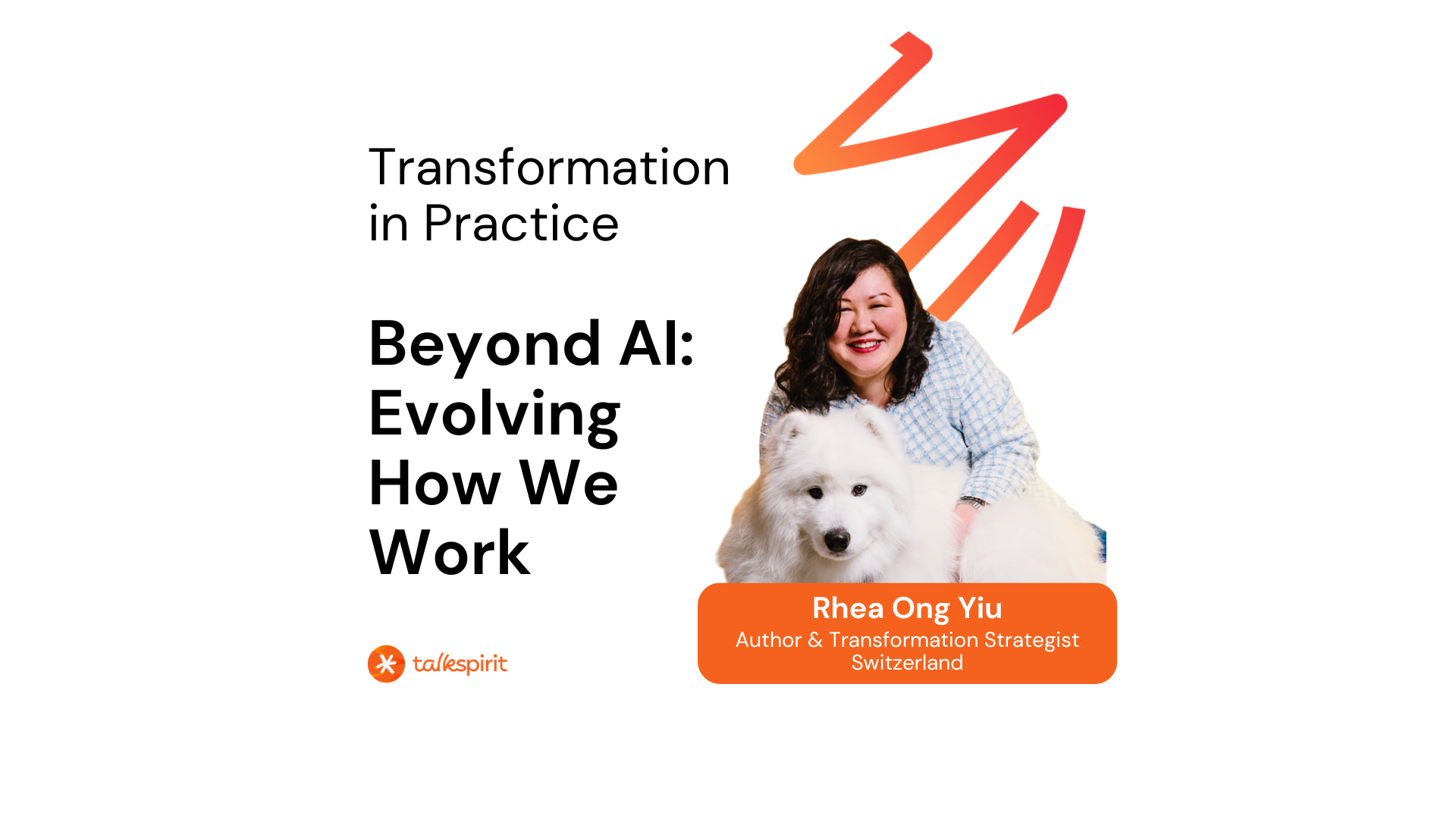
.jpg)


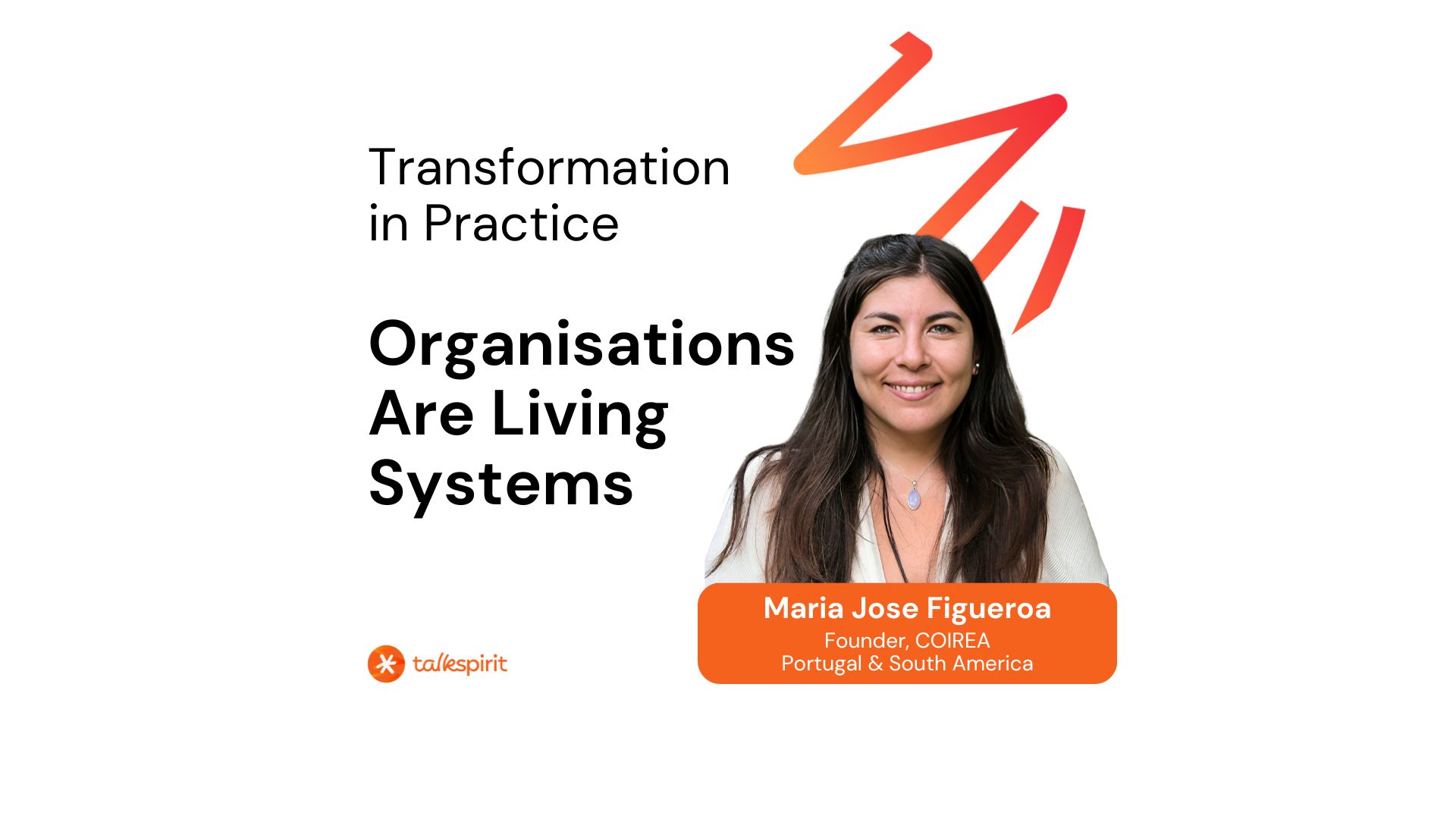



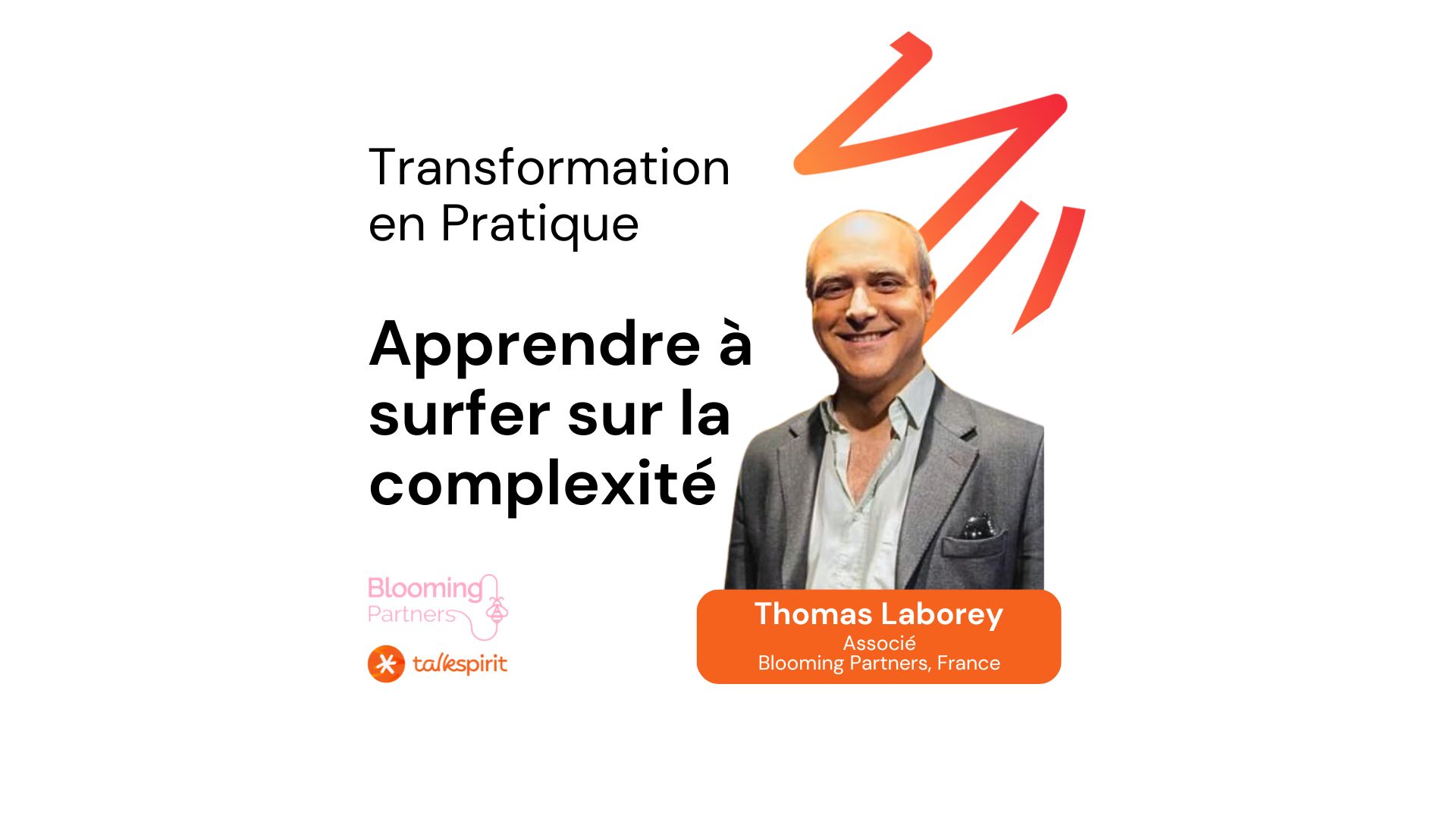

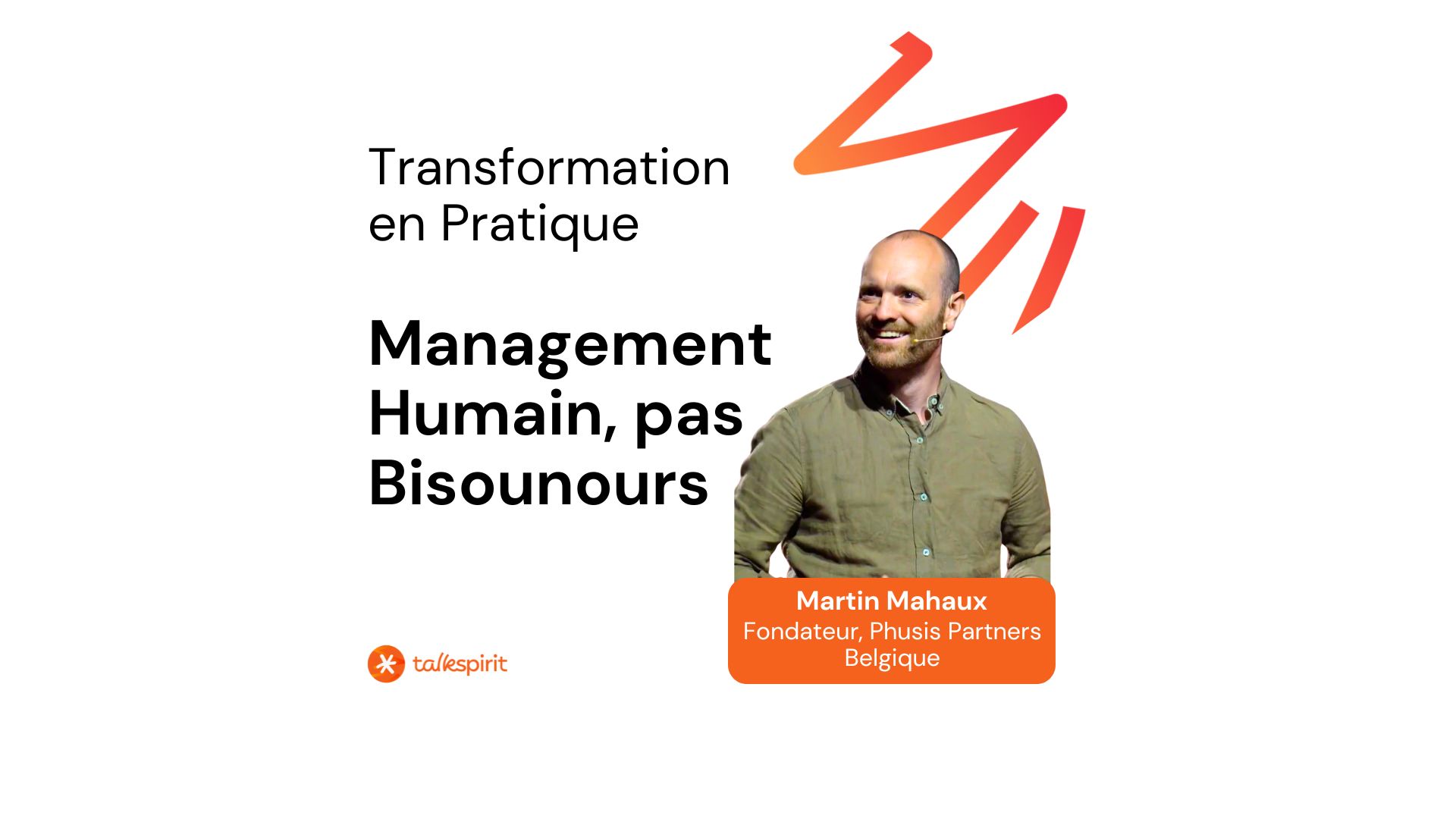
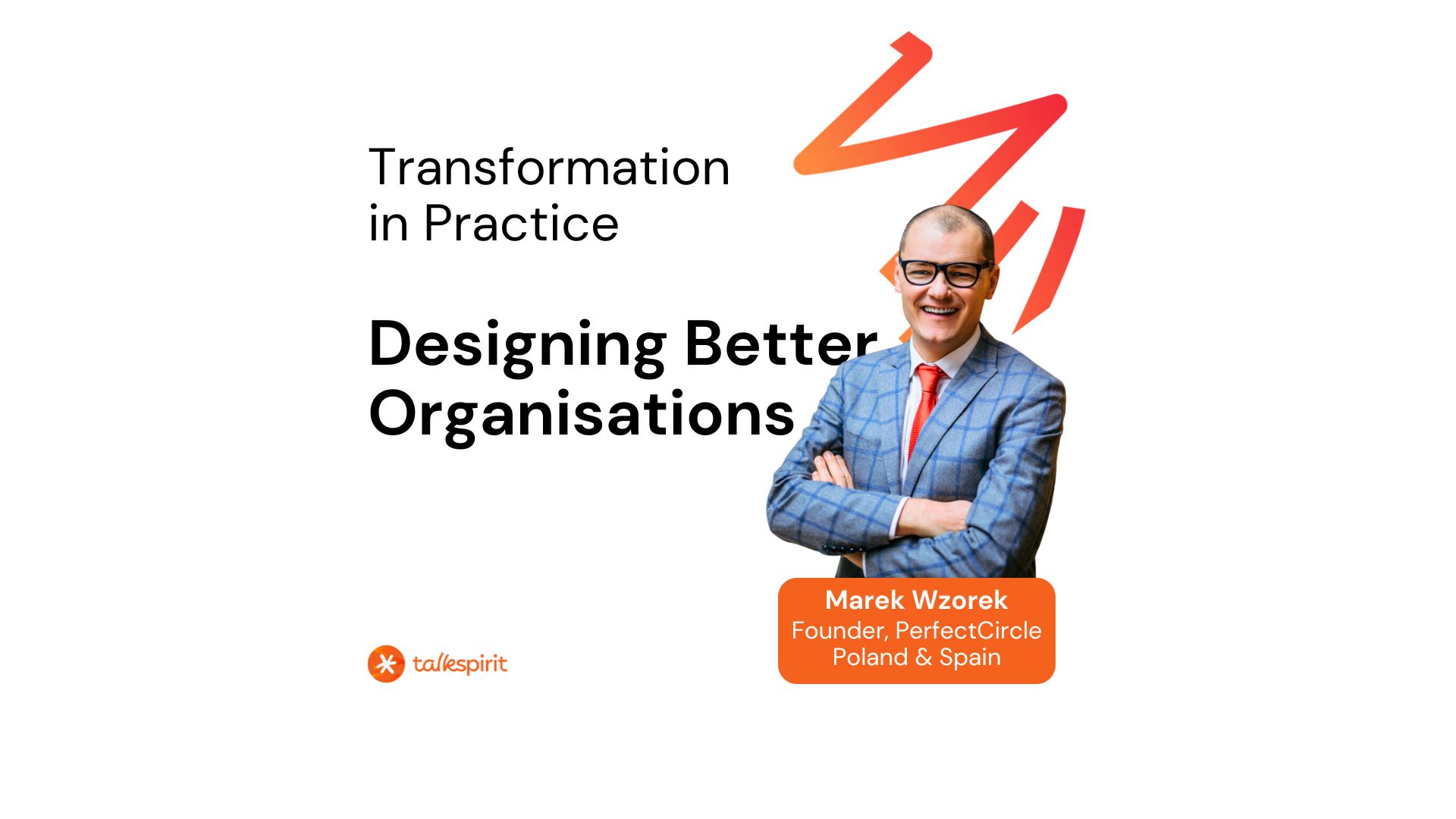

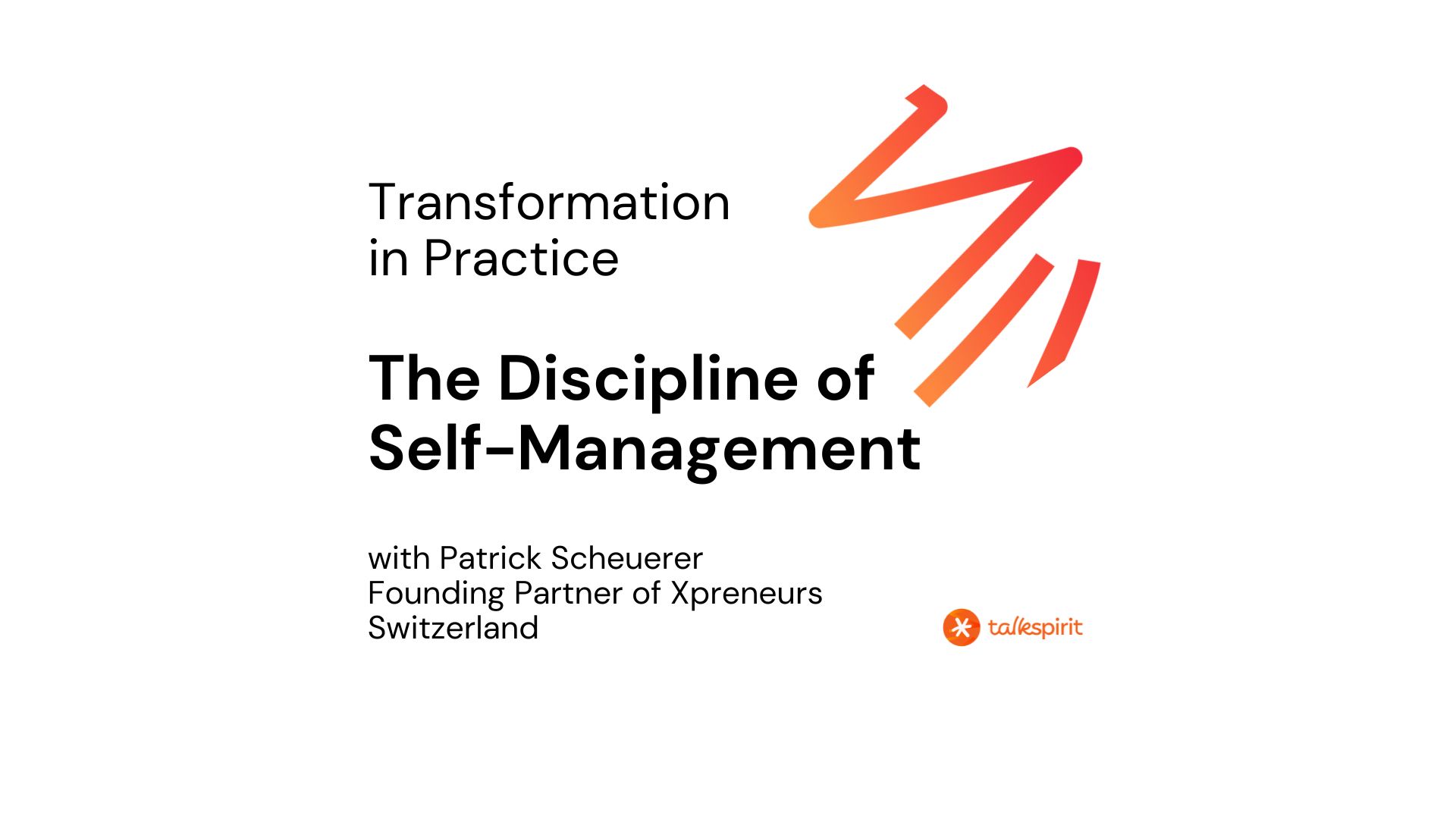

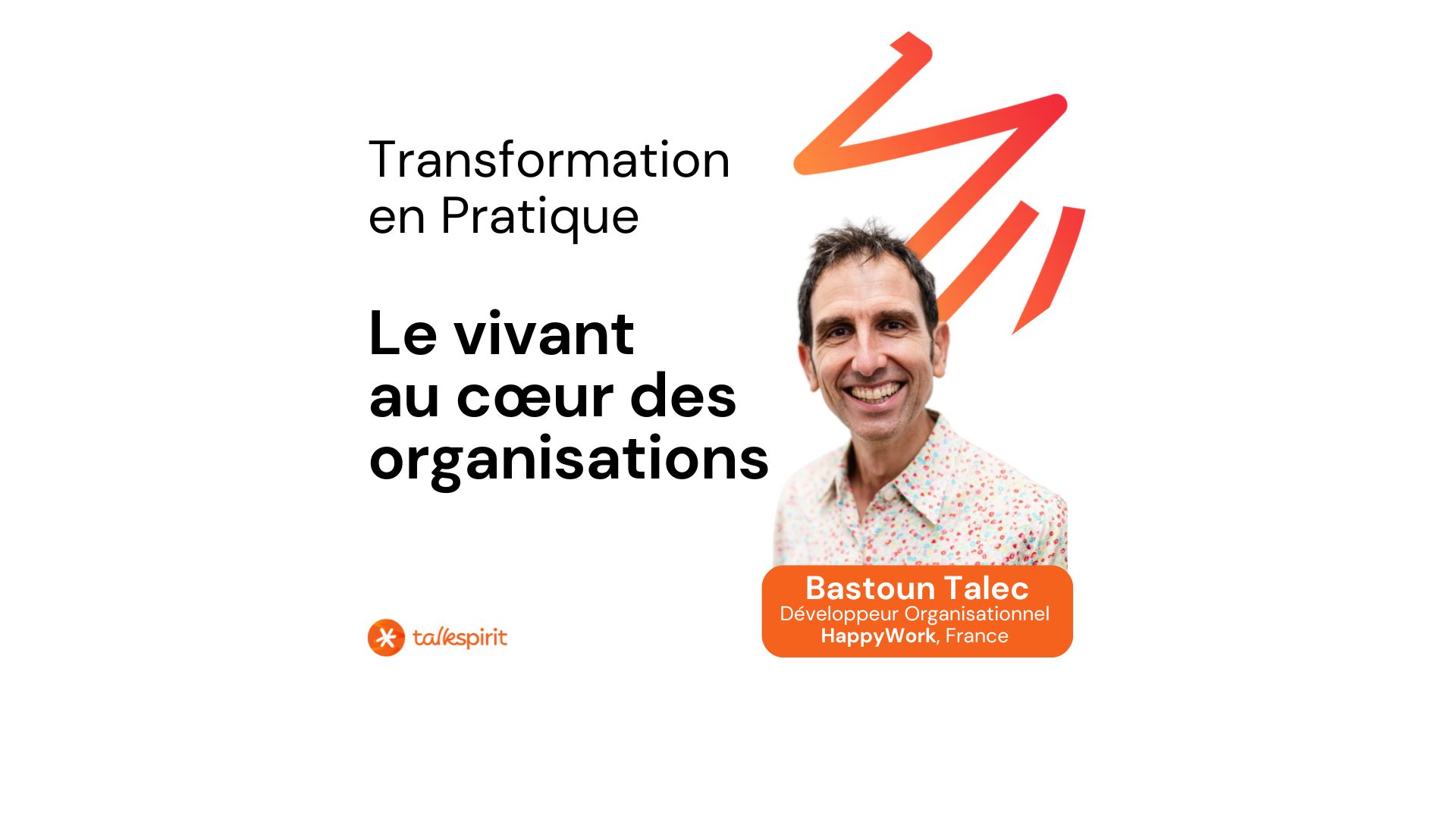

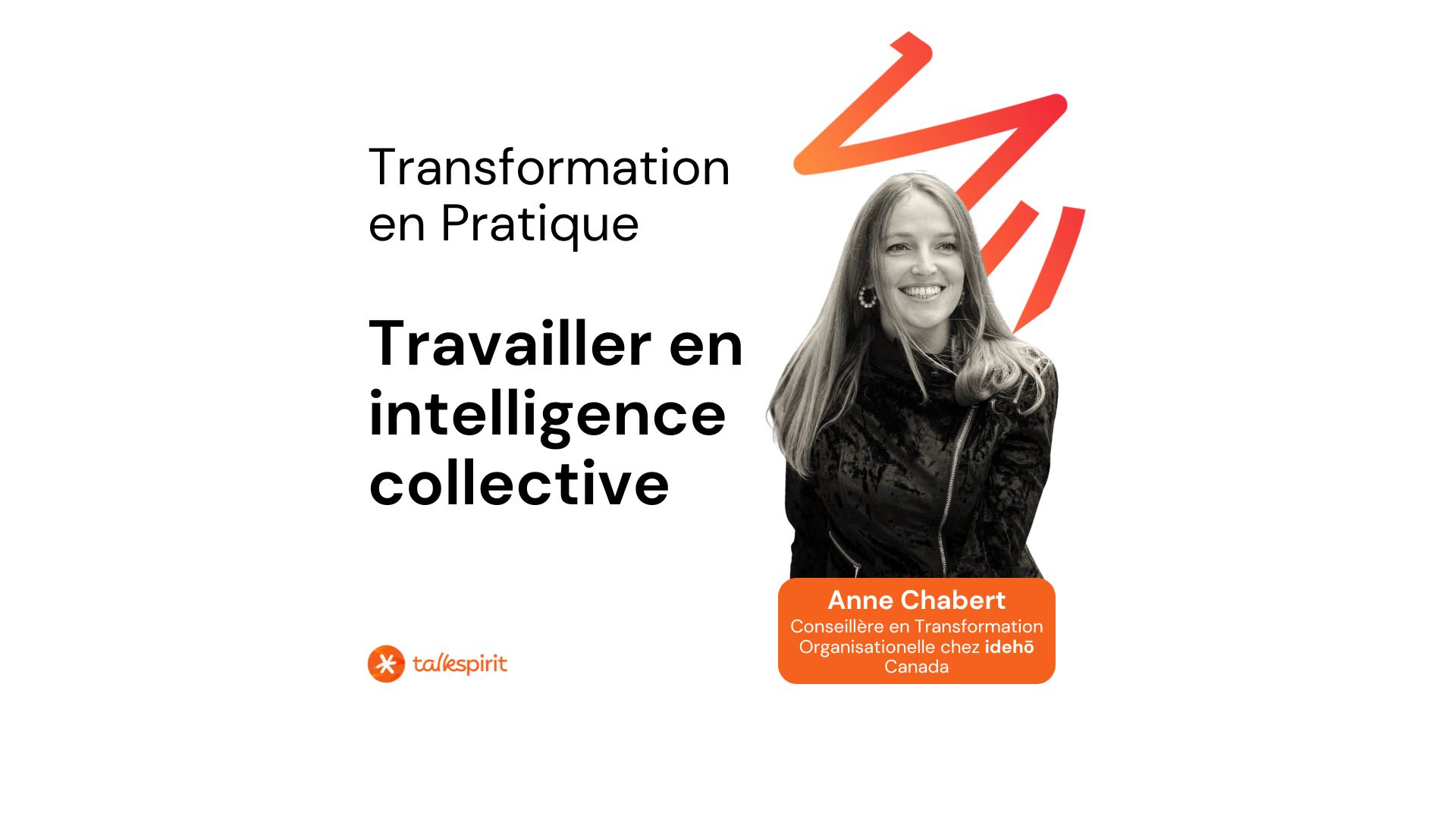

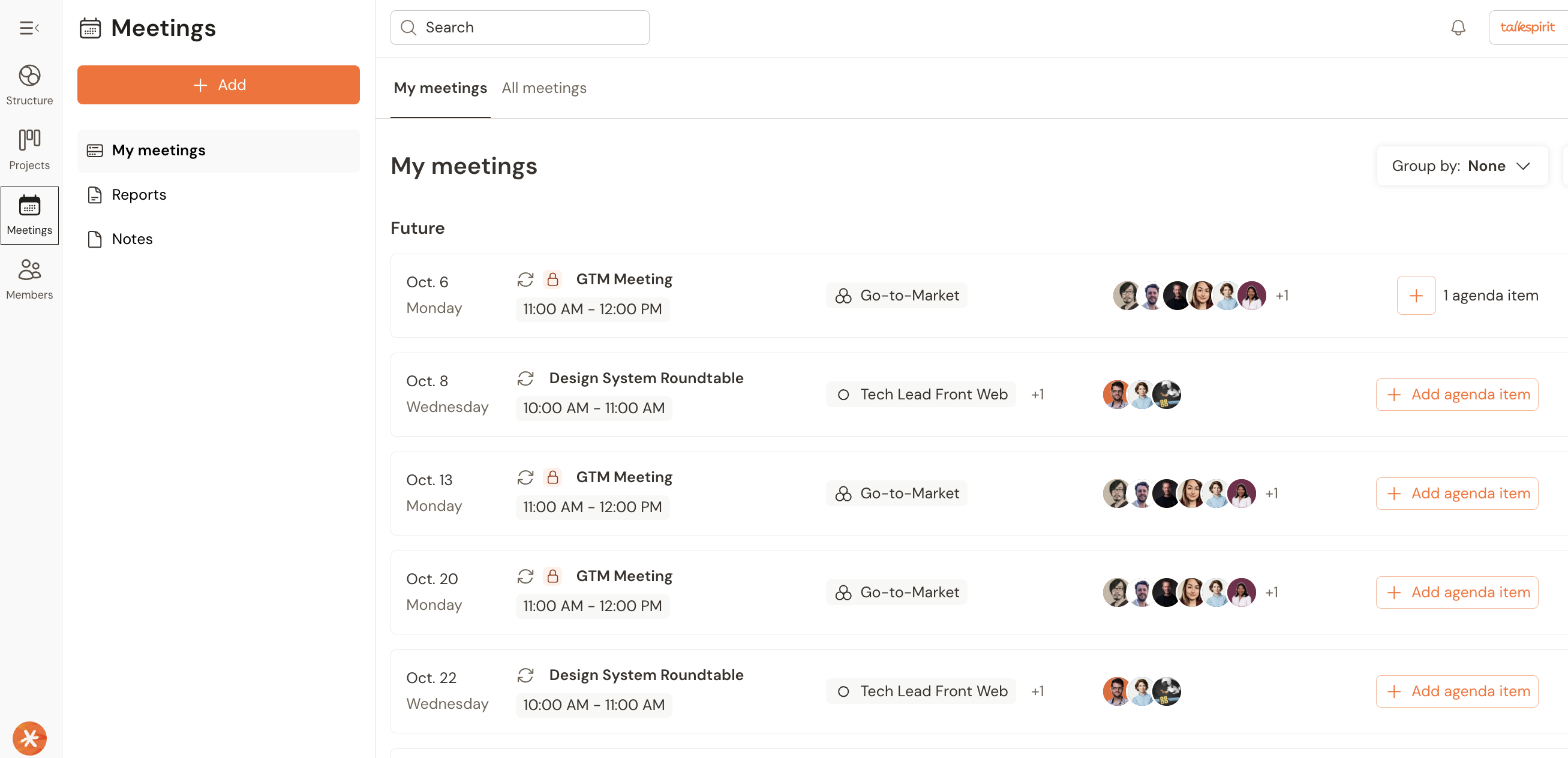



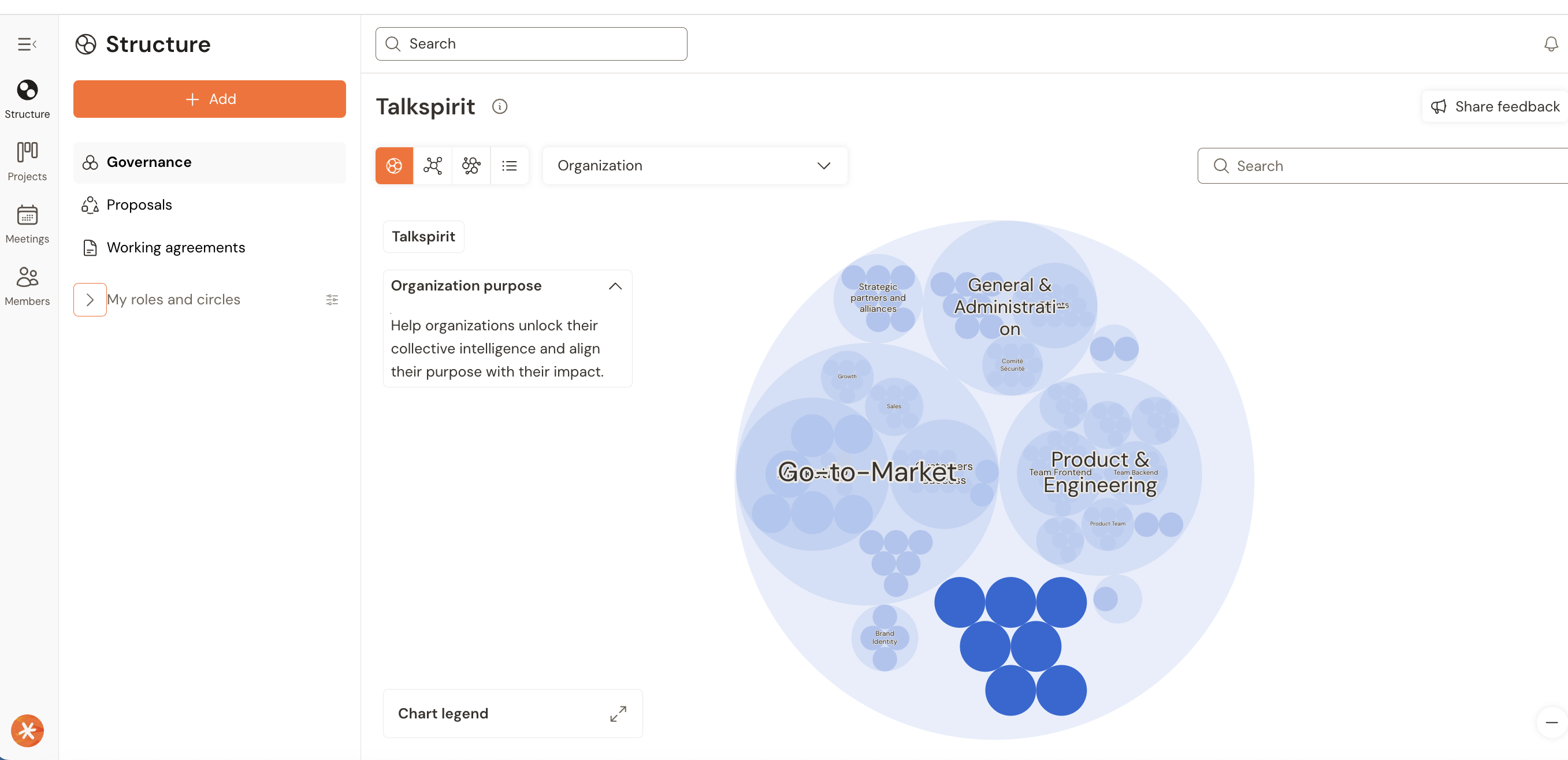
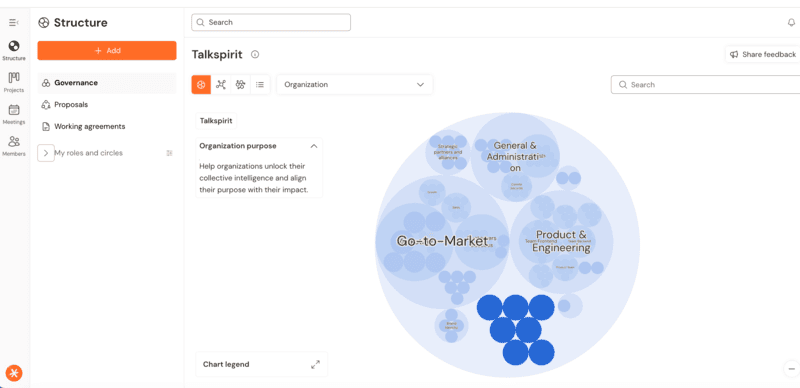

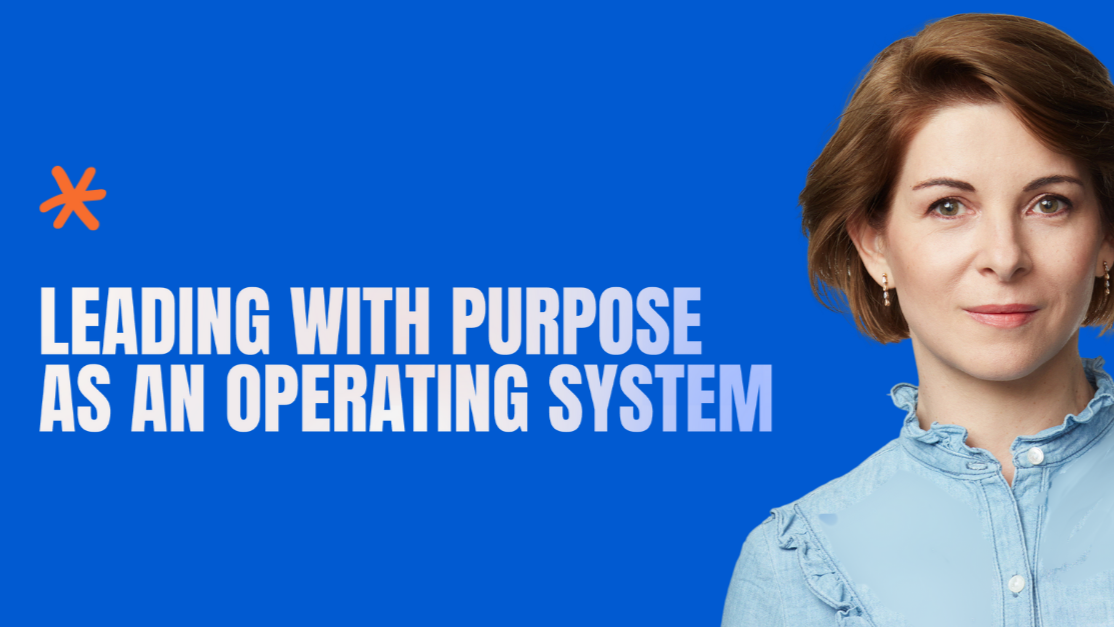







.jpg)




.jpg)
.jpg)







.jpg)
.jpg)


.jpg)

.jpg)


.jpg)











.jpg)




.jpg)



.jpg)

.jpg)



.jpg)








.jpg)




